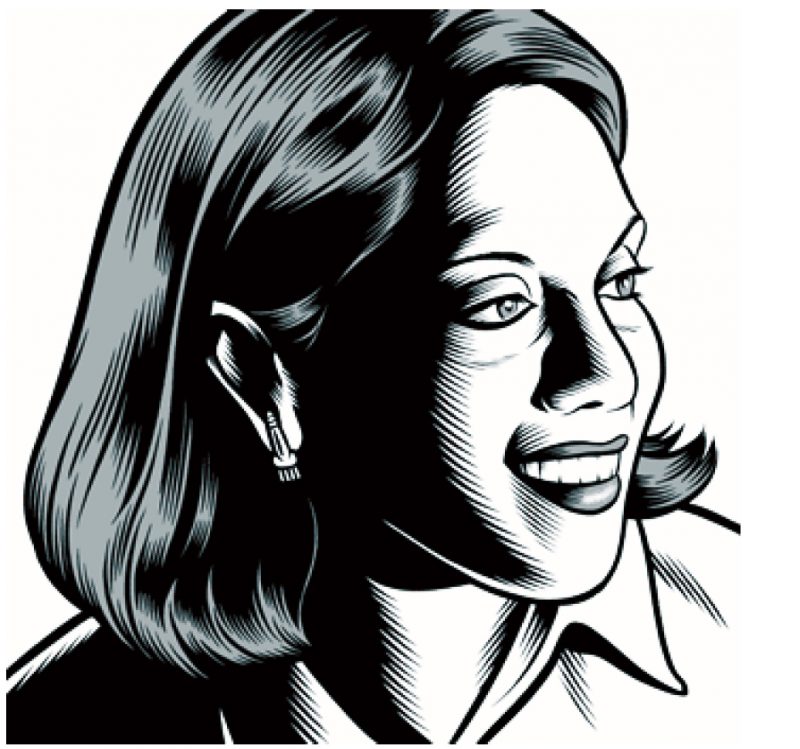The Indian-born filmmaker Mira Nair has been directing since 1979, when she made the first of her five documentaries, but her breakthrough film was a feature—the gritty, lush, and painfully sad Salaam Bombay! (1988), which told the story of street children in Bombay (sometimes known as Mumbai now) using mostly nonprofessional actors, whom Nair and her crew found on the thoroughfares of the city. It won the Caméra d’Or and the Prix du Publique at the Cannes Film Festival in 1988, and was nominated for an Academy Award for Best Foreign Language Film. When the poster was made for the film’s release in India, a quote from Nair’s mentor Satyajit Ray introduced the film by saying, “I cannot recall ever being impressed so much by a first feature. It is completely unlike any other film ever made in India, and shows complete command over every aspect of the medium.”
Nair—who calls Kampala and New Delhi home, and also regularly spends time in New York, teaching at Columbia University’s graduate school of film studies—has ventured into such diverse cinematic territories as a sixteenth-century Indian court in Kama Sutra: A Tale of Love (1996—banned in India and Pakistan for its erotic scenes), working-class New Jersey in Hysterical Blindness (2002), and nineteenth-century England in her adaptation of William Makepeace Thackeray’s Vanity Fair (2004). There is a boldness that runs through all these films in their vivid use of color and what Nair describes as “the unabashed quality we have not only in Indian cinema but in Indian life of wearing your heart out there—which I don’t confuse with sentiment, because I feel I am fairly ruthlessly unsentimental.”
Best known for her vital, swirling crossover hit Monsoon Wedding (2001), Nair has also made the features Mississippi Masala (1991), The Perez Family (1995), and My Own Country (1998). Her documentaries are Jama Masjid Street Journal (1979), So Far from India (1983), India Cabaret (1985), Children of a Desired Sex (1987), and The Laughing Club of India (1999), and her short movies are 11’09″01—September 11 (2002), The Day the Mercedes Became a Hat (1993), and a forthcoming one about AIDS in India.
Her new adaptation of Jhumpa Lahiri’s novel The Namesake (officially released this spring) whisks the viewer around the globe several times to deftly convey the dislocation, the beauty, and the loss of living in several different places at once. It is both a faithful adaptation of the novel and one in which Nair’s own vision is now very much a part of...
You have reached your article limit
Sign up for a digital subscription and continue reading all new issues, plus our entire archives, for just $1.50/month.
Already a subscriber? Sign in





